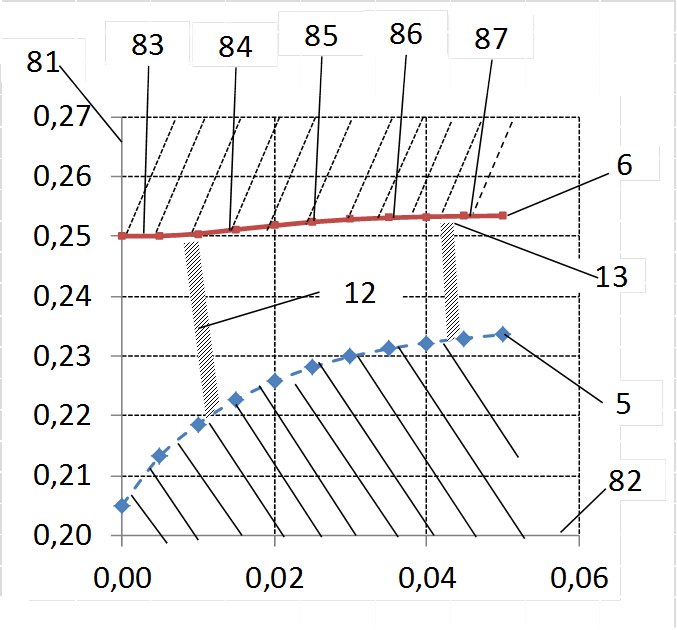Keywords: multiphase flow helico-axial pumps turbines severe slugging tee junction
This chapter first makes a brief review of some characteristics of two-phase flows in horizontal, slightly inclined and vertical conducts, particularly various forms of flow patterns: bubbly flows, churn flow, several types of annular flow also several types of stratified flow. Some elements on pressure drops, liquid slugs are also mentioned. These elements may be provided in 2021.
This information is of some interest for addressing two-phase compression or expansion. It is particularly important to know the transport conditions of a two phase flow and its evolution versus the time and the distance in order to properly design the means to be implemented upstream and downstream of the two-phase equipment.
Two phase flow pumping
The following section deals with the compression of a two-phase mixture using helico axial pumps (or compressors). Two generations of helico axial hydraulics are presented. A first generation dating from the 1980s called “Poseidon” and developed at the French Petroleum Institute (today IFPEN). The impeller (the wheel) of this first generation is strictly helico axial (no radial component).
A second generation, taking into account a certain number of dysfunctions of the first generation, was developed during the years 2010. The impeller of this new generation differs from the previous one by a slightly radial profile of the impeller allowing a control of the velocity of the liquid phase relative to the gas phase one, the objective being to obtain a velocity slip (difference in phase velocities) as close as possible to zero.

Two phase flow turbines
A third section deals with two-phase expansion using helico axial hydraulics inspired by the two-phase compression equipment. The hydraulics of this turbine, strictly helico axial (no radial component) were developed in the 2000s and have been tested with particularly satisfactory results.
Just as the second generation of compression hydraulics allows interfacial slip control (velocity of the liquid phase relatively close to that of the gas), it is perfectly conceivable to apply this theory to the impellers of a two phase turbine. This should also lead to a slightly radial shape however with a decreasing diameter from the impeller inlet to the outlet (the reverse in the compression case).
A fourth section presents a wide range of applications for two-phase pumping and expansion. These applications relate to the field of petroleum production, refining and chemistry. This section will be completed in 2021.
Severe slugging control with two phase pumping
A fifth section is relative to the severe slugging case in a pipeline. It describes the two phase flow interaction between a pipeline and a two phase flow pump, the latest being mounted at the upstream or downstream side of the pipeline or mounted at the topsides or subsea.
Two phase flow characteristics at a vertical tee junction
The last section presents measurements made at the core of a T-junction in a vertical flow case. These results could be of interest in the oil production and nuclear industry.
This section may be described in 2021.